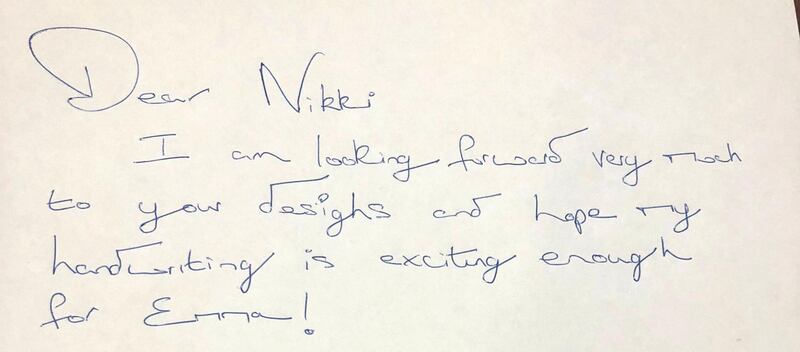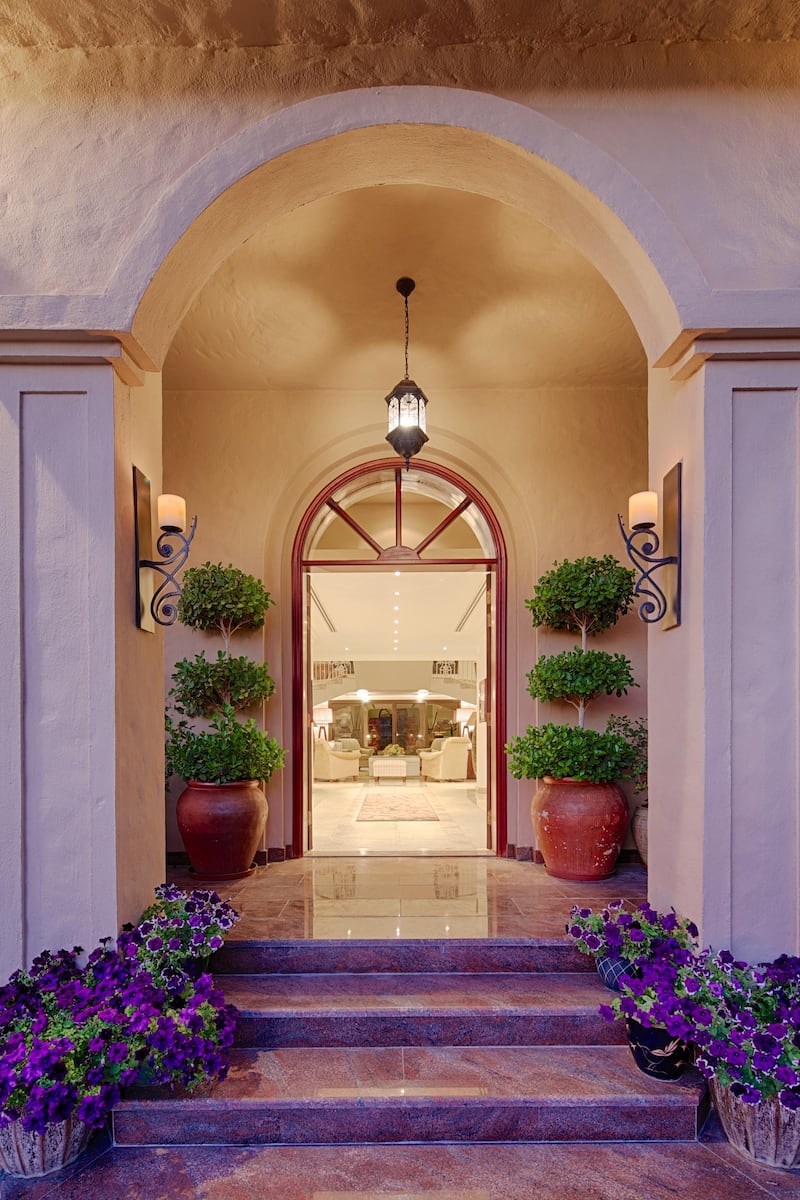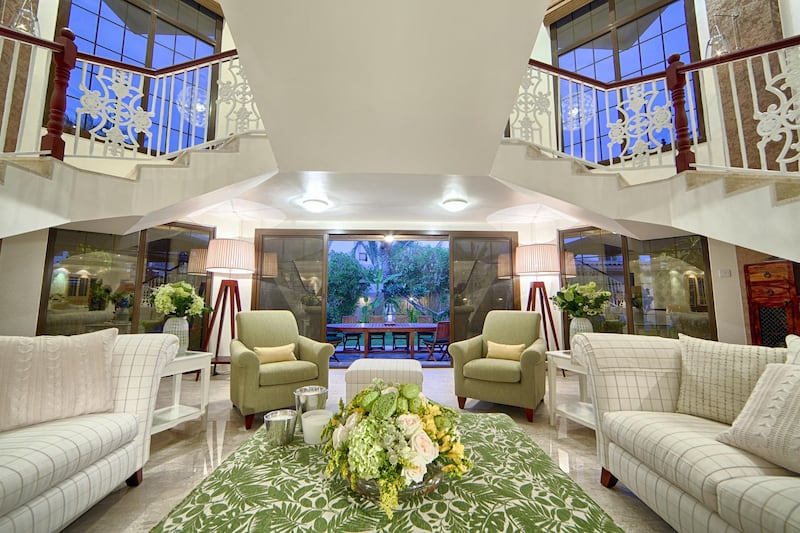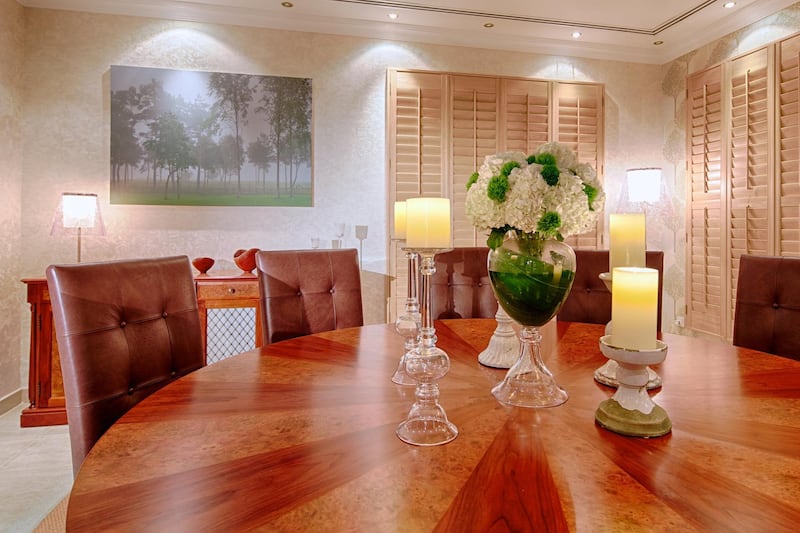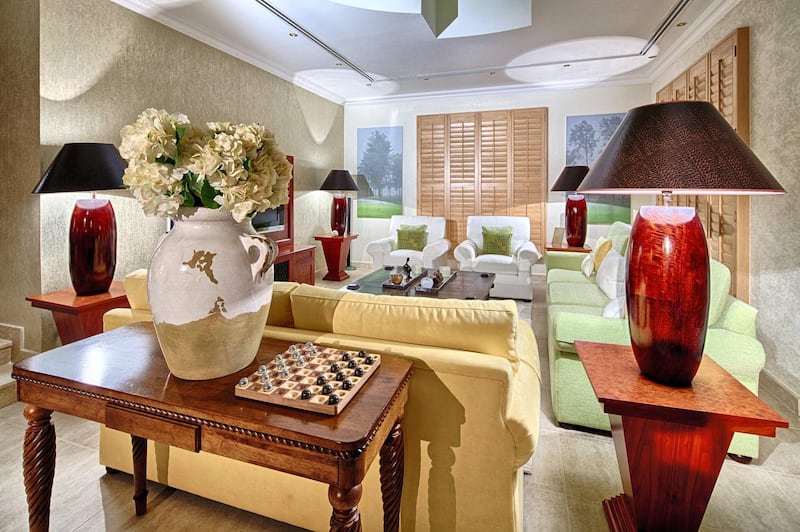You'd think your home and your handwriting don't share any common ground, but one interior designer from Dubai is using the power of graphology (that is the study of handwriting and what it can tell you about a person) to create spaces that better suit her clients' personalities. Nikki Bisiker, the award-winning founder of Nikki Bisiker Interior Design, teamed up with renowned British graphologist Emma Bache last year to provide this unique service.
Psychology of design
Using just a few lines of handwritten text, Bache says she can offer insights that will help Bisiker decide various decor aspects, such as what colours will work best or how bold a person’s home should look.
“As a designer, the first part of your task is to be a psychologist and understand the mindset of your client, both design-wise and on an emotional level,” says Bisiker, who has worked in the industry for more than 30 years. “You must learn how to connect with and fully appreciate their lifestyle, their thought processes, their interests, their view on life, their cultural understandings, their religious values – everything that completes them as a person.”
Usually, this information would be drawn out during a briefing process, along with other lifestyle factors, such as the clothes a person enjoys wearing. But Bisiker says clients are often overwhelmed with choices – especially with access to so much visual information in this age of Pinterest and Instagram – and aren't always able to articulate clearly what they're looking for.
“Graphology has enabled the process to be less about a social interview, where the client sometimes can feel put on the spot as they are not sure of the answers themselves, or maybe they don’t want to divulge too much personal information at the initial stage to a stranger.”
How it works
Handwriting analysis has been practised for more than 2,000 years and is used for a variety of purposes, from recruitment to counselling and career-planning. So how does it work in the design process? Bisiker asks her clients to provide a handwriting sample – ideally about half an A4 page, including a signature. Bache then studies it, making observations about how big loops and flourishes are, say, and how hard the pen has been pressed into the paper.
“Handwriting reveals all the major aspects of its writer’s personality, from temperament to working style to sociability and much more,” says Bache, who has worked with corporates, celebrities and members of the aristocracy. “I have been able to show Nikki hidden elements of her clients’ personality – how they feel about themselves, their sense of form, how they view the world around them in terms of space, and how they like to inhabit both their individual living space and their wider world. In essence, I help her build a more complete and rounded picture of the individual, so that their living space blends with their personality.”
For example, the slant of someone's writing gives an indication of their emotional response. An extreme right slant depicts an outgoing and communicative person, whereas an upright or left slant is likely to indicate a quieter, more introspective personality.
This can then be translated into style choices – the right-slanted writer may prefer a fun and exuberant statement look, as opposed to a simple or blended style, which would better suit the left-slanted writer.
A suitable home
Recently, the designer and graphologist worked with a man whose “handwriting showed him to be full of vitality with an excellent sense of humour. However, he was also cautious and a bit of a worrier – there was a love for detail and order in his life.
“I was able to suggest that, although colour and vibrancy were important to him, he was traditional for the main part. As a result, Nikki chose understated elegance. The colours were bold and dynamic, but tasteful, and she chose symmetrical geometric designs to satisfy his love of precision,” says Bache. She also used dramatic lighting at the entrance.
For Bisiker’s clients, this extra service not only ensures that the design work she does for them is better targeted to their needs, but it’s also a way to gain insight into their own personalities. “For my clients, it is a window for them to understand themselves and that is something we as humans are always interested in,” she says. “So it becomes more than just a design motive for them to ease the process, it becomes a whole event in itself.”
Professionally, it adds a new tool to Biskier's box, allowing her to understand her clients in a more meaningful way. "Graphology allows me to go far deeper into presenting the true personality of my client – always in a positive sense – which enables me to achieve their goals," she says.
“The reports back from the handwriting process are hugely detailed – much more so than what I can get from a conversation. This then enables me to benefit the client with detailing, nuances and a style that fully completes them to an extent they may not know about themselves.”
